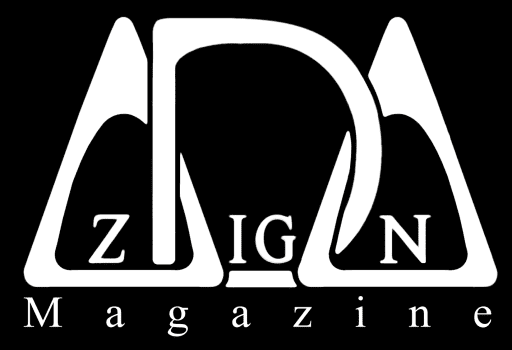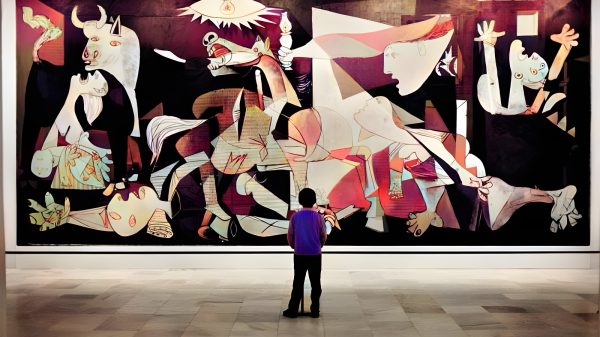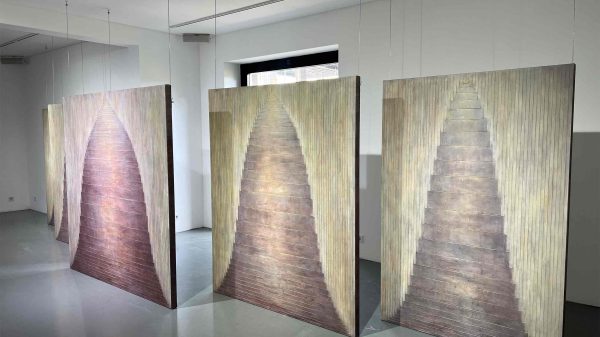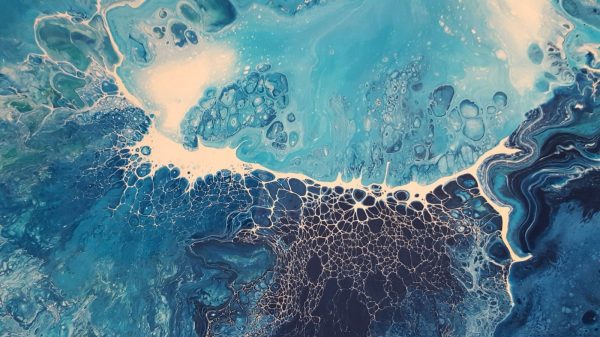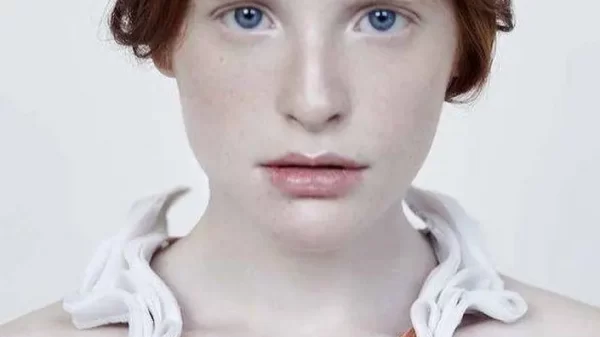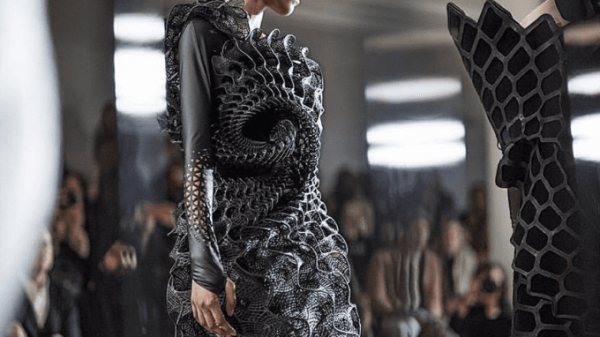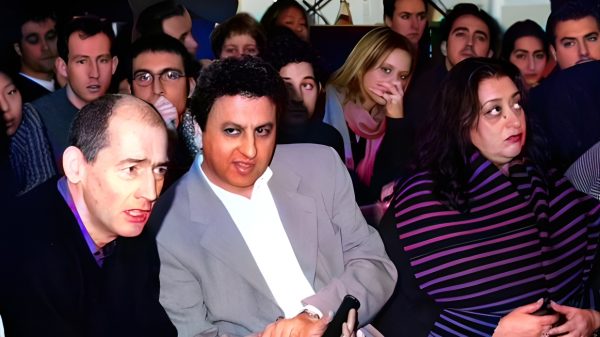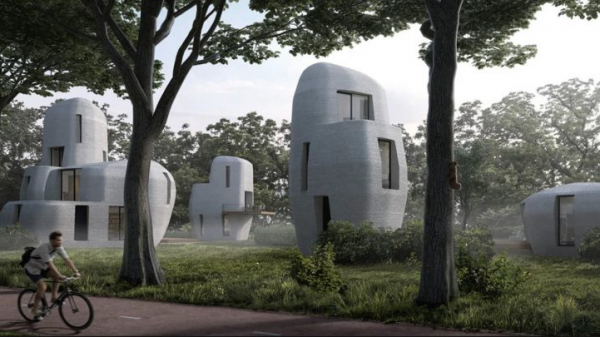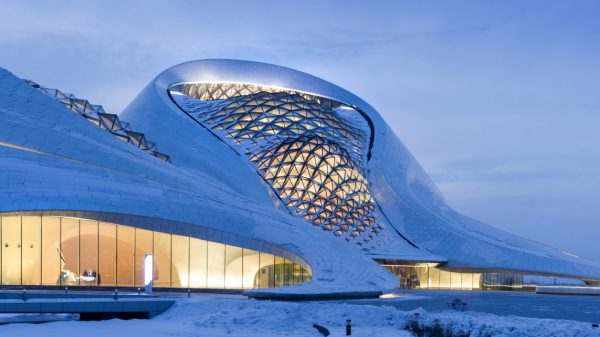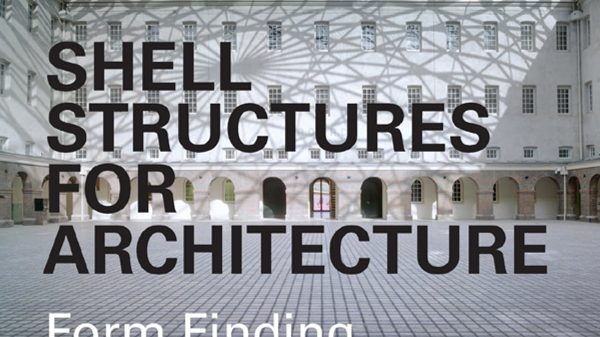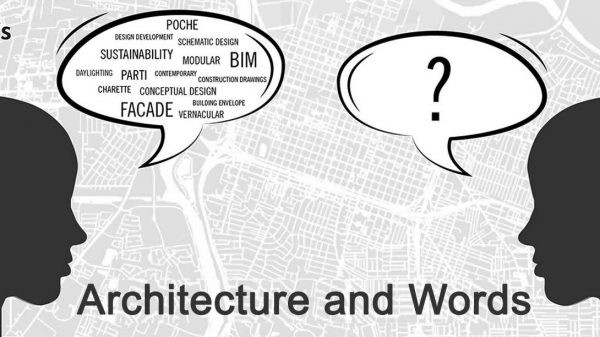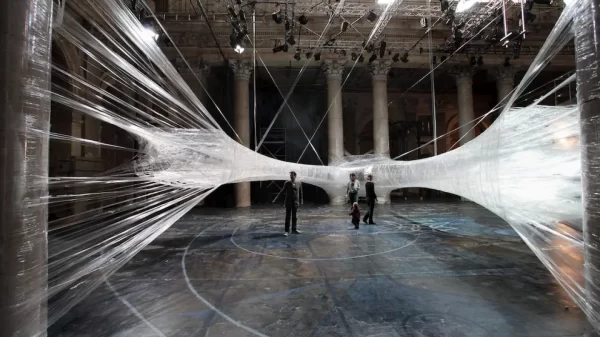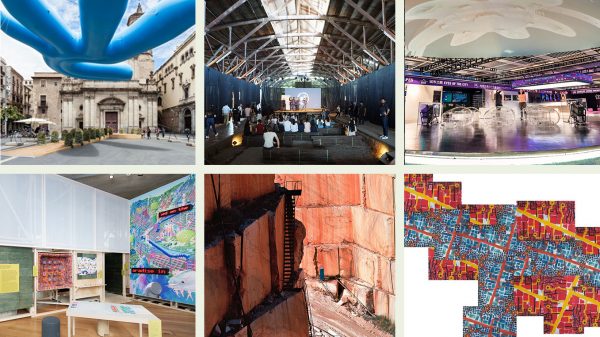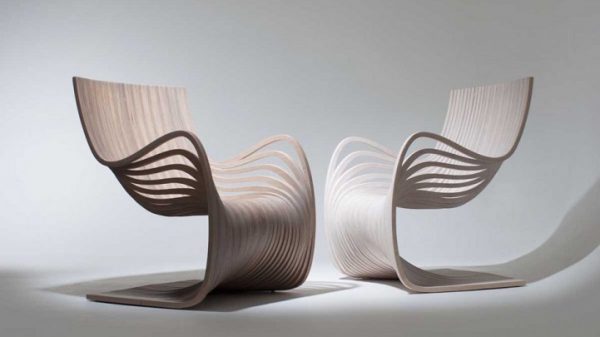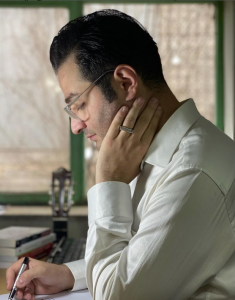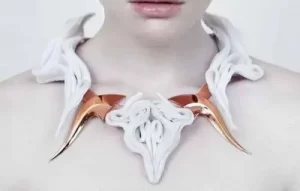Question: What Is Installation Art Definition And History
What is installation art and examples?
When over, they are disassembled. Most art installations are considered to be time-based media, or art with a duration. Examples of installation art include Étant Donnés by Marcel Duchamp, I Like America and America Likes Me by Joseph Beuys, The Dinner Party by Judy Chicago, and My Bed by Tracey Emin.
How do you describe an art installation?
An art installation is a three-dimensional visual artwork, often created for a specific place (in situ) and designed to change the perception of space.
What is the art form of installation art?
Installation art is a relatively new genre of contemporary art – practised by an increasing number of postmodernist artists – which involves the configuration or “installation” of objects in a space, such as a room or warehouse. The resulting arrangement of material and space comprises the “artwork”.
What is the history of the artwork?
Art history is the study of objects of art considered within their time period. Art historians analyze visual arts’ meaning (painting, sculpture, architecture) at the time they were created.
What do you mean by installation?
The act or process of making a machine, a service, etc., ready to be used in a certain place : the act of installing something. : a ceremony in which someone is put in an official or important job. : something (such as a piece of equipment) that is put together and made ready for use.
The term installation art is used to describe large-scale, mixed-media constructions, often designed for a specific place or for a temporary period of time

Installation artworks (also sometimes described as ‘environments’) often occupy an entire room or gallery space that the spectator has to walk through in order to engage fully with the work of art. Some installations, however, are designed simply to be walked around and contemplated, or are so fragile that they can only be viewed from a doorway, or one end of a room. What makes installation art different from sculpture or other traditional art forms is that it is a complete unified experience, rather than a display of separate, individual artworks. The focus on how the viewer experiences the work and the desire to provide an intense experience for them is a dominant theme in installation art. As artist Ilya Kabakov said:
The main actor in the total installation, the main centre toward which everything is addressed, for which everything is intended, is the viewer.
Installation art emerged out of environments which artists such as Allan Kaprow, made from about 1957 onward, though there were important precursors, such as Kurt Schwitters’s Merzbau 1933, an environment of several rooms created in the artist’s own house in Hanover. In an undated interview published in 1965 Allan Kaprow said of his first environment:
I just simply filled the whole gallery up … When you opened the door you found yourself in the midst of an entire environment … The materials were varied: sheets of plastic, crumpled up cellophane, tangles of Scotch tape, sections of slashed and daubed enamel and pieces of coloured cloth … five tape machines spread around the space played electronic sounds which I had composed.
From the 1960s the creation of installations has become a major strand in modern art. This was increasingly the case from the early 1990s when the ‘crash’ of the art market in the late 1980s led to a reawakening of interest in conceptual art (art focused on ideas rather than objects). Miscellaneous materials (mixed media), light and sound have remained fundamental to installation art.
What is installation art in simple words?
Installation Art is a broad term applied to a range of arts practice which involves the installation or configuration of objects in a space, where the totality of objects and space comprise the artwork. Installation Art is a mode of production and display of artwork rather than a movement or style.
Why is it called installation in art?
This is a term used to categorize those art works that are “assembled” right in a specific gallery space, and cannot be easily moved because they are site-specific, and three-dimensional. “Art installation” would usually refer to the process of bringing a work of art into the area in which it is going to be displayed.
What is installation in art appreciation?
Installation art utilizes multiple objects, often from various mediums, and takes up entire spaces. It can be generic or site specific. Because of their relative complexity, installations can address aesthetic and narrative ideas on a larger scale than traditional sculpture.
Why installation art emerged in the 20th century?
Concentrating on the re-contextualization and appropriation of given practices of fine art (like painting or sculpture) during this era reveals the emergence of installation. The work of the historical Avant-gardes had already smoothed the way for a new perspective on 20th century art works now termed ‘installative’.
When did installation art developed?
Installation art came to prominence in the 1970s but its roots can be identified in earlier artists such as Marcel Duchamp and his use of the readymade and Kurt Schwitters’ Merz art objects, rather than more traditional craft based sculpture.
What are the various types of installation explain?
Techopedia Explains Installation Installation can be categorized into two broad categories: physical and virtual. Physical installation pertains to installing physical equipment such as computer hard drives, cables, modems and so on, while virtual installation refers to installation of software.
What is the difference between installation and instillation?
To make sure they never confuse you, just keep in mind that “install” refers to placing a piece of equipment somewhere or setting up a software in order to make something function, while “instill” refers to inspiring, making someone get a particular idea or feeling.
Who is the father of installation art?
A Belgian poet, filmmaker, and artist with a highly literate and often witty approach to creating art, Marcel Broodthaers has indirectly written the history of art as we know it today, but has remained in the shadows of his more famous colleagues.
What are two characteristics of installation art?
Major characteristics of installation art Mixed media. Contemporary artists usually create art installations in mixed media. Sensory experience. This point follows from the previous one. Conceptual use of space. Site-specificity. Temporality.
Does this text contain inaccurate information or language that you feel we should improve or change? We would like to hear from you.
